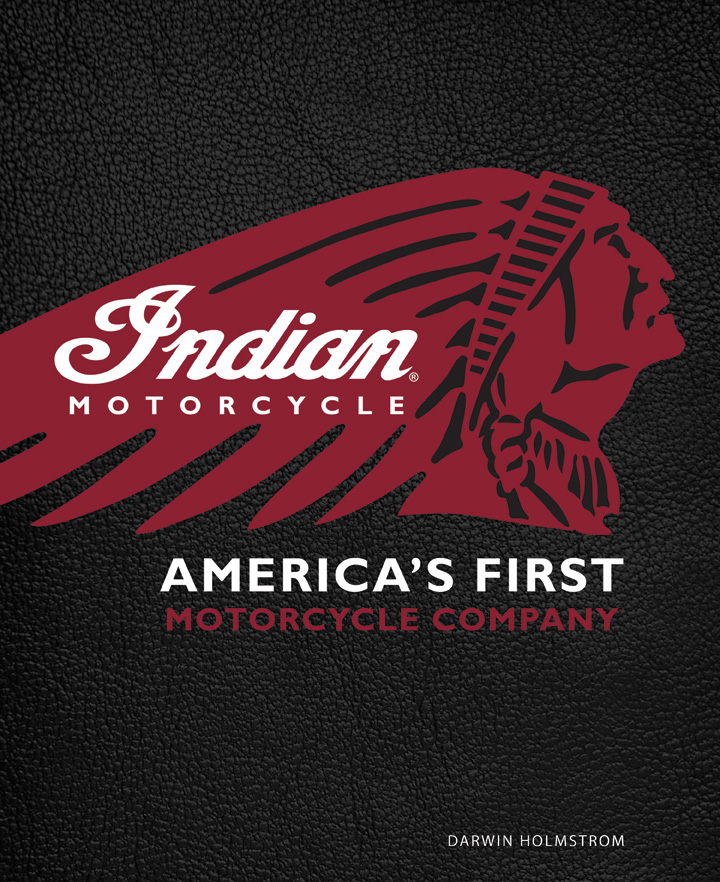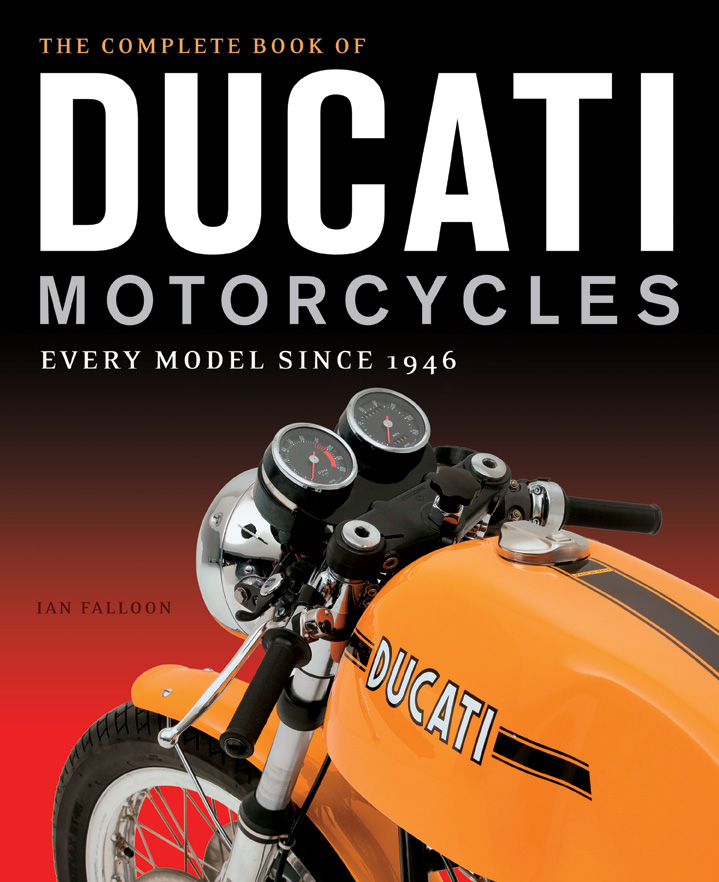
Large coffee-table books dealing with the motorcycle world seem to be all the rage. These are not books dealing with criticisms, but visual histories, with lots of pictures and a smattering of prose. The two books I am reviewing here are both published by Motorbooks, and both arrived within a couple of weeks of each other. They are certainly not good for bedtime reading, as each one measures 10 x 12 inches and weighs more than 3.5 pounds, but they do look great on the table in front of your sofa.
Each one of these has a guaranteed market: the riders who are attached to that marque. I am familiar with both, having ridden my first Ducati, a friend’s 98T model, when I was 16, and then celebrating my graduation from high school by buying an abused and aged 1951 Indian Chief.
Back at the turn of the 20th century, the American Indian was being highly romanticized, thanks to events like Buffalo Bill’s Wild West shows, hence the saleable name. The first Indian motorbike appeared in 1901…weighing 75 pounds. Holmstrom’s book has lots of lovely pictures, more than 300 in fact, including one of a 1910 Indian Tandem, with two wheels up front like a modern Can-Am, and a 1914 Hendee Special with an electric starter. The original Indian marque disappeared in 1953, essentially due to mismanagement, but the name was kept alive through a series of on-again, off-again efforts, from re-badged British bikes to Taiwanese mini-bikes to several American outfits that tried to recreate the big twin concept—including a shyster or two. All of these bikes are to be seen in the photographs.
The last third of the book is dedicated to the purchase of the Indian trademark by Polaris Industries in 2011, and what has been a successful initial five years. The Indian marque is once again taking on the Harley-Davidson brand, just as it did long ago.

The Ducati book celebrates the 90 years that the Italian motorcycle company has been in the business, since 1946, from little Cucciolo motors that could be bolted onto bicycles, to the latest 939SP. The three Ducati brothers began building radios in the 1920s, and after World War II they expanded to include personal transportation as well. However, money problems forced them out in 1948, and the Italian government, not wanting to lose what it saw as a potentially profitable firm, stepped in. The luring of engineer Fabio Taglioni away from the Mondial motorcycle firm, just down the road from Ducati, in 1954, was probably the single most important event in the history of Ducati, with his development of desmodromic valve actuation and the first L-twins. The racing world would never be the same. All of this is shown in the 350 color and 100 black-and-white photos.
Falloon’s book is focused on all the Ducati models, and gives only few words to the finances, the company’s acquisition by Cagiva, the sale to Texas Pacific and now ownership by the Audi/Volkswagen group. This book is primarily for viewing the beauty of the bikes and describing their development.
These books are very similar, though dealing with entirely different types of motorcycles. They’re not inexpensive, at $50 a whack, but anyone passionate about either marque will be glued to the pages for hours.
For more information, call 612-344-8161, or visit motorbooks.com.








it’s about time for Clem to write the definitive insider guide to non-existent motorcycles. With all his knowledge and skill, he could write an amazing history of bikes that weren’t actually built, but should have been.